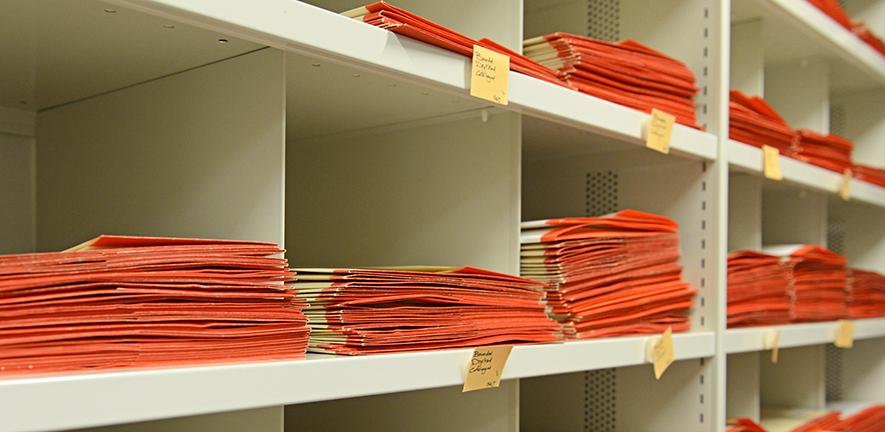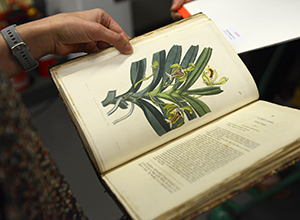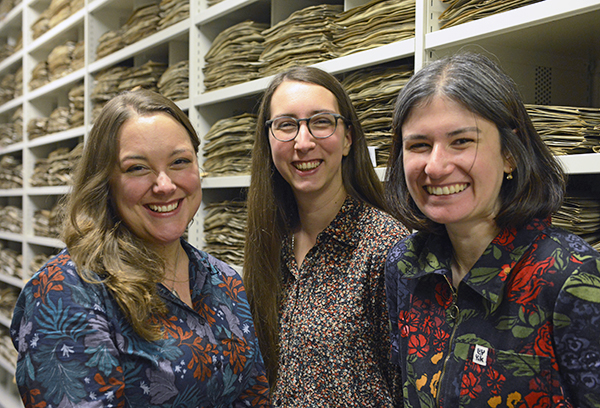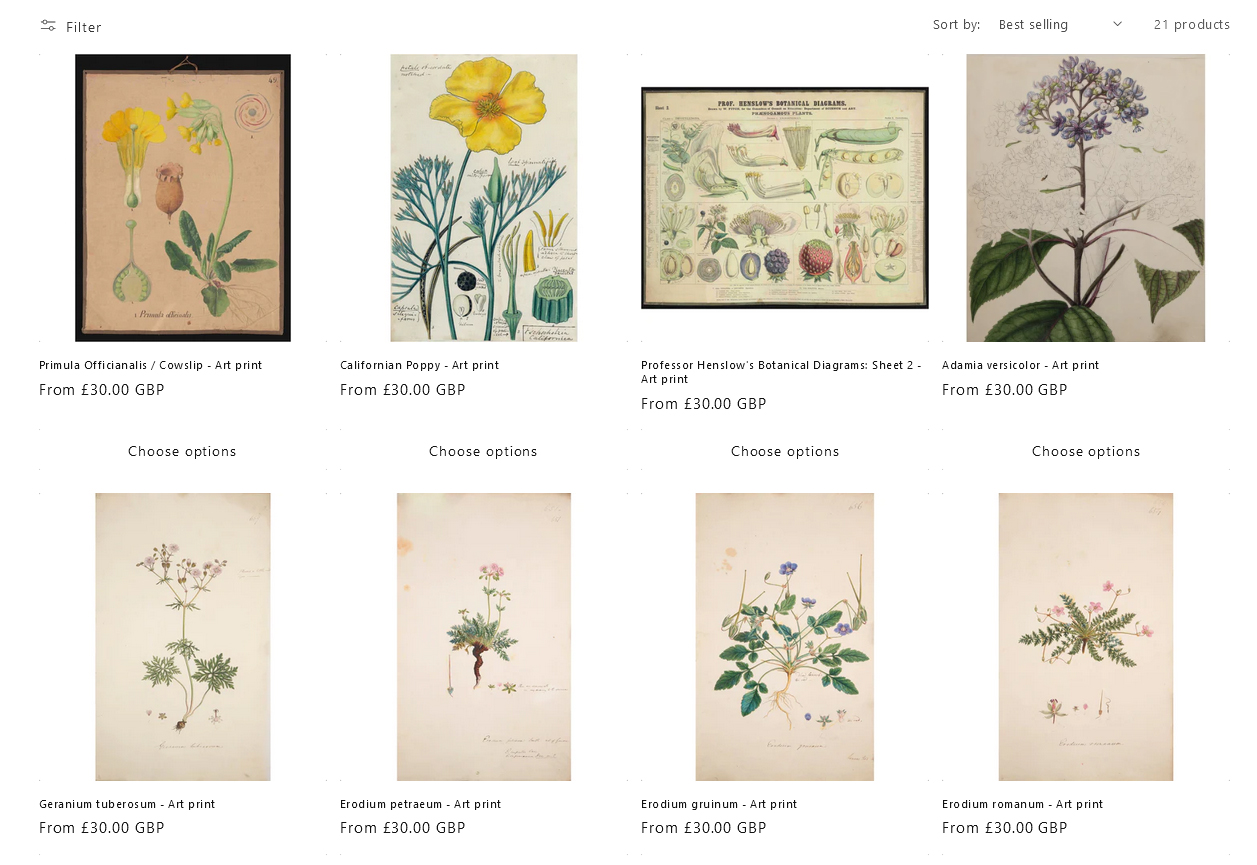
Submitted by A.J. Benton on Thu, 08/06/2023 - 16:39
New initiatives boost access to the University Herbarium collection
The University Herbarium has taken a major step towards making more of its collections available to the world’s research community with the appointment of Dr Anne Dubéarnès as its first Special Collections Researcher. Dr Dubéarnès will focus on identifying and mobilising some of the many type-specimens ('types') in the collection – it is thought that up to 50, 000 of these important specimens are housed within the University Herbarium.
“Types are specimens that are used by botanists to describe new plant species; they serve as reference material for the attached scientific names and are therefore essential for plant identification”, said Dr Dubéarnès.
“Beyond taxonomy, herbarium collections are also a crucial resource for biodiversity and conservation research, as they represent an immense repository of plant material collected over centuries. They are a treasure trove of scientific data and can inform studies on past and present distributions of species, morphological variability, evolutionary history of plant groups, adaptations to different climates and environmental conditions (such as the presence of heavy metals in the soil), shifts in phenology over time, and extinction risks, among many other topics”.
Dr Dubéarnès's new discoveries, along with all the currently digitised holdings, will be made available via of the Cambridge Digital Library, a huge online collection of digitised collections from across the University. A new section dedicated to the University Herbarium collections will be launched later this summer and made freely available to all worldwide, with thousands of specimen images available online for the first time.
Fascinating finds
The role enables Dr Dubéarnès to delve deeply into the collections on a fascinating journey of discovery that will touch on botany, history, socio-economics, exploration and much more.
Excitingly, finding amazing materials from long ago is a fairly common occurrence in the Herbarium! Recently, colleagues discovered original illustrative plates of several species of Erodium which turn out to be colour proof plates used in the production of the Flora Graeca (considered to be the most expensive botanical book ever produced). The last volumes of this enormous work were edited by John Lindley, secretary of the Horticultural Society of London (now the Royal Horticultural Society), whose main herbarium was purchased by the University of Cambridge in 1866.
High-quality print-on-demand illustrations
In a new initiative, some of these lovely illustrations are now available from the University’s Curating Cambridge collection as high-quality print-on-demand reproductions, with a range of frames and mount-types including art prints and canvases. A selection of other attractive and historical images from the Herbarium are also available – including the wonderful set of nine botanical wallcharts designed by our fourth Professor of Botany, John Stevens Henslow and produced in 1857. More collections will follow in the future.
Browse the collection and buy here: Curating Cambridge



